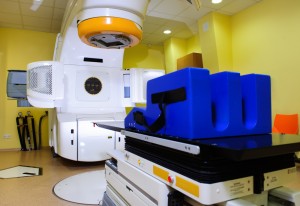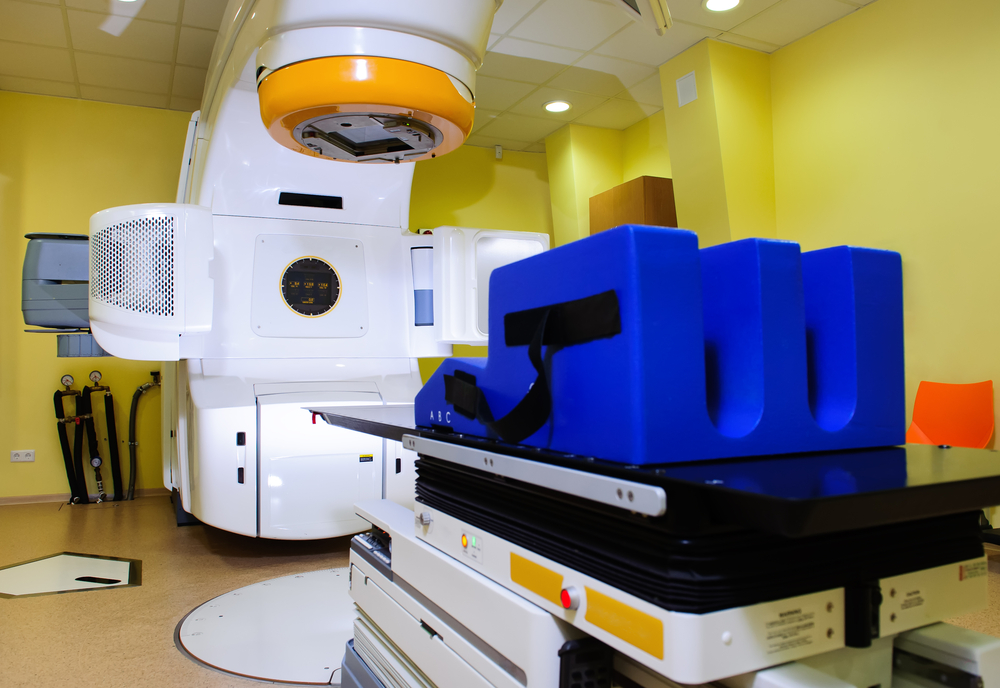 In a recent study published in the Journal of Clinical Oncology, UT Southwestern Medical Center cancer researchers describe the latest results of a clinical trial that combined stereotactic body radiation therapy (SBRT) with a specific chemotherapy drug, erlotinib, and improved survival rates in advanced lung cancer patients.
In a recent study published in the Journal of Clinical Oncology, UT Southwestern Medical Center cancer researchers describe the latest results of a clinical trial that combined stereotactic body radiation therapy (SBRT) with a specific chemotherapy drug, erlotinib, and improved survival rates in advanced lung cancer patients.
Researchers observed that upon SBRT and erlotinib combination, overall survival was improved from 6 to 9 months (in patients treated with erlotinib alone) to 20 months. Furthermore, progression free survival was improved to 14.7 months, when compared to previous results of 2 to 4 months upon chemotherapy treatment.
“Our approach dramatically changed the pattern of relapse. We saw a shift in failure from existing, local sites to new, distant sites,” senior study author Dr. Robert Timmerman, Director of the Annette Simmons Stereotactic Treatment Center, and Vice Chairman of Radiation Oncology at UT Southwestern, said in a news release. “This shift resulted in a surprisingly long remission from the reappearance of cancer in treated patients.”
In this clinical study, 24 patients with stage 4 non-small cell lung cancer (NSCLC) whose cancer did not respond to the primary therapy were enrolled. This type of lung cancer profile is usually associated with a poor survival rate, and SBRT is not used as a first line of therapy.
Stereotactic body radiation therapy is a treatment procedure designed to target tumors outside the central nervous system, in order to treat it with limited but precise, high doses of radiation or a few fractionated radiation treatments. Small but strong doses of radiation are delivered from different angles directly to the tumors, with the intent to treat the patient while decreasing the damage to the surrounding healthy tissue.
“Technologies have developed in the last few years that have yielded game-changing, paradigm-shifting approaches, allowing us to reconsider how radiation is delivered in combination with surgery, chemotherapy, and other systemic therapies,” added Dr. Timmerman, who has been involved in the designed and development of multiple national trials evaluation the efficacy and safety of SBRT in the treatment of different types of cancer, including lung, liver, spine, and prostate. “I am motivated by the need I see every day in the clinic to provide better treatments for our patients.”


